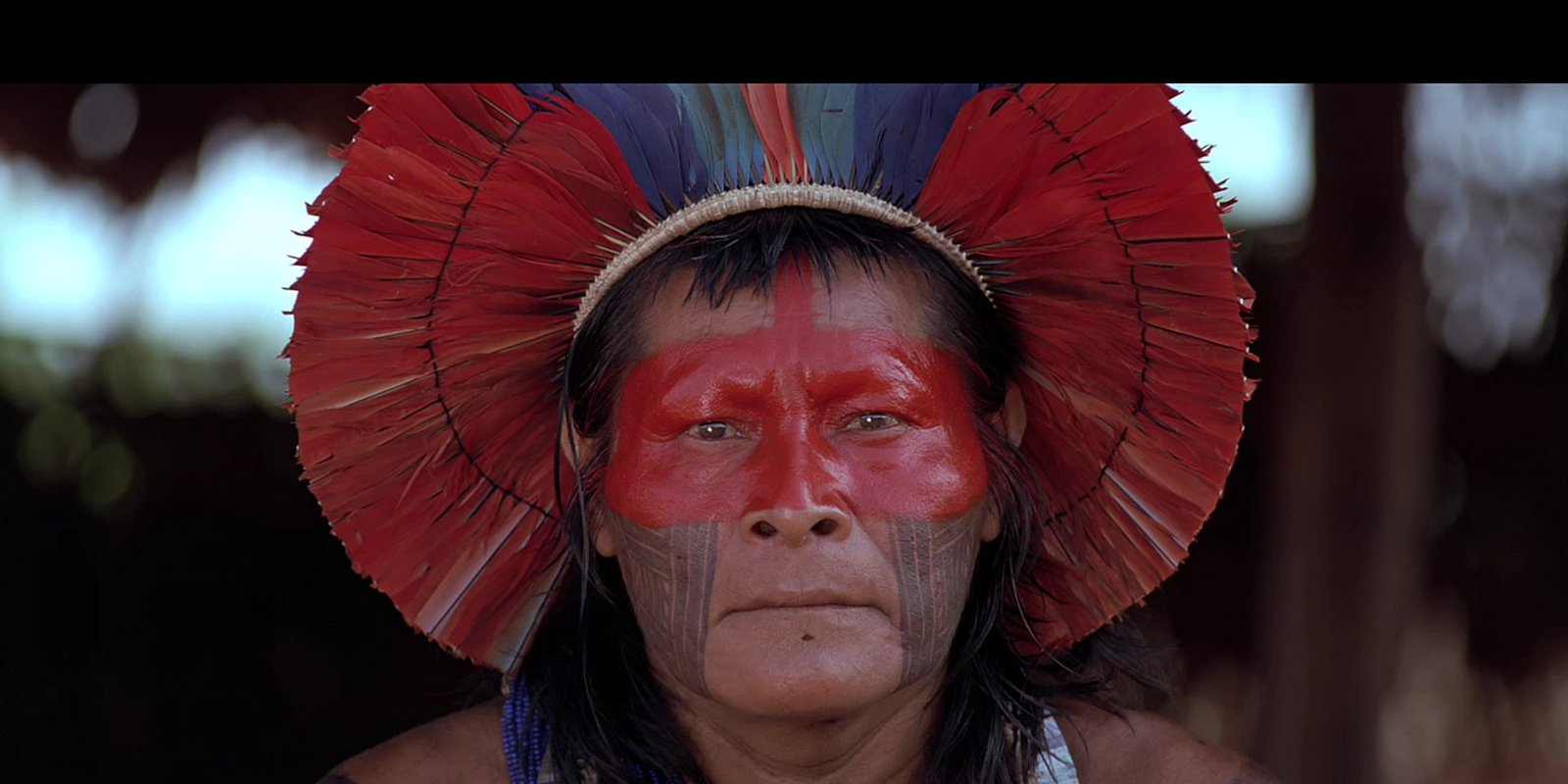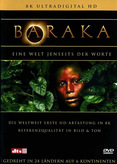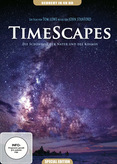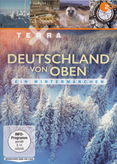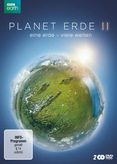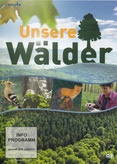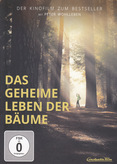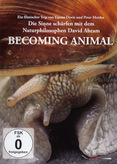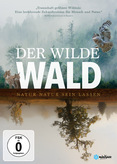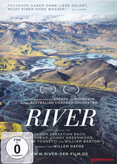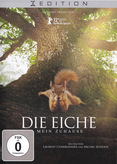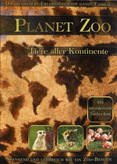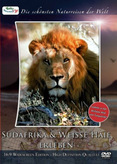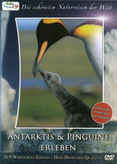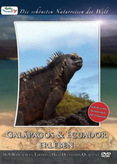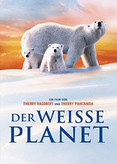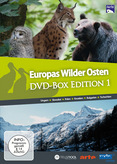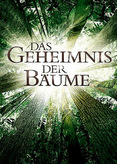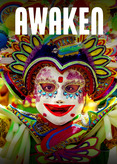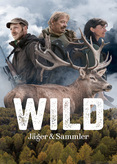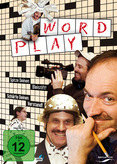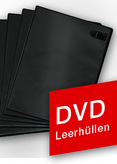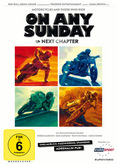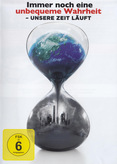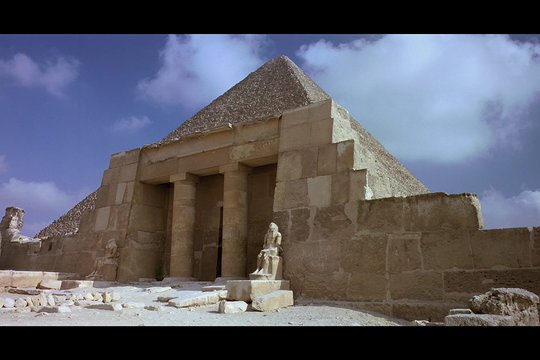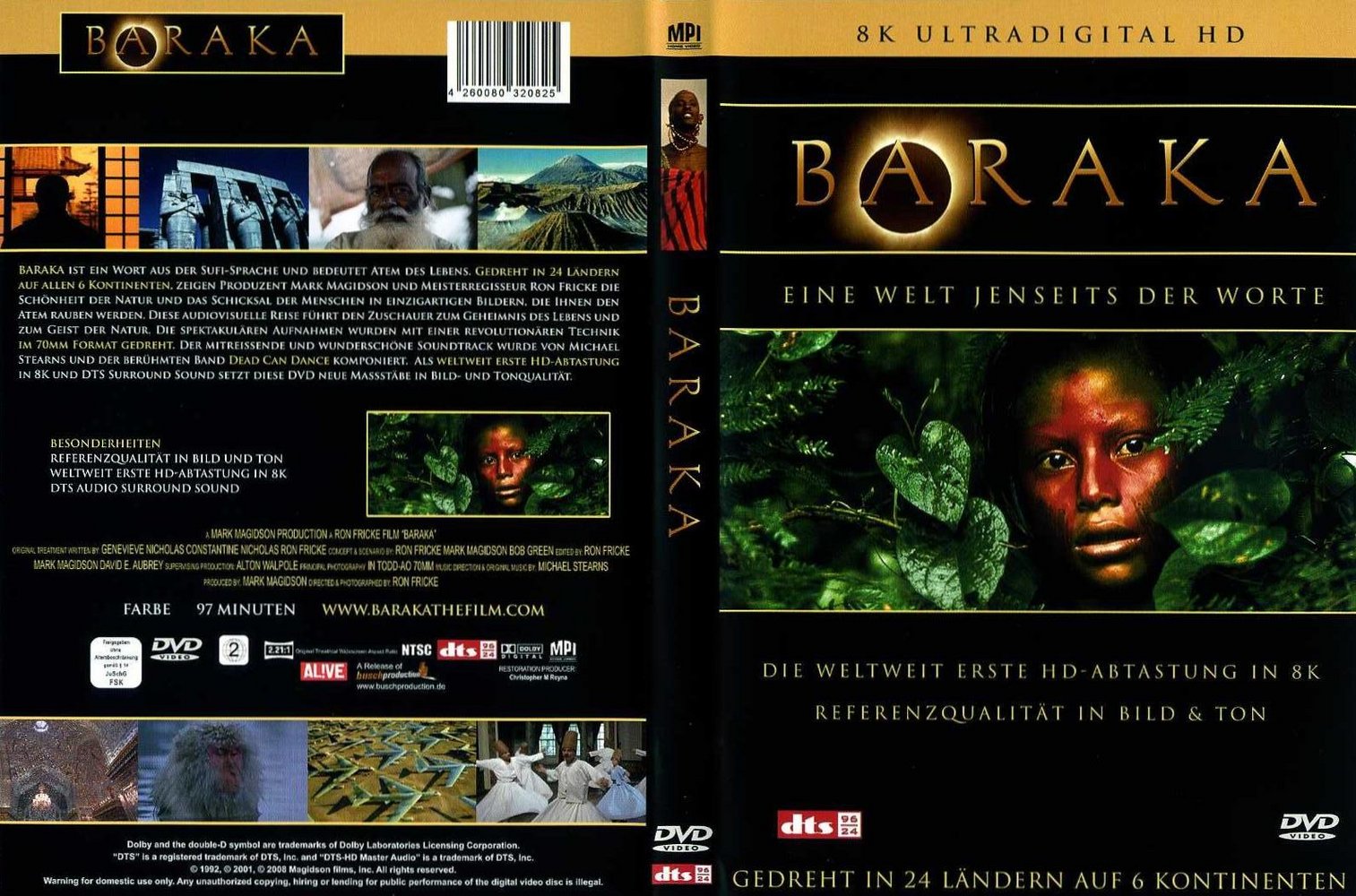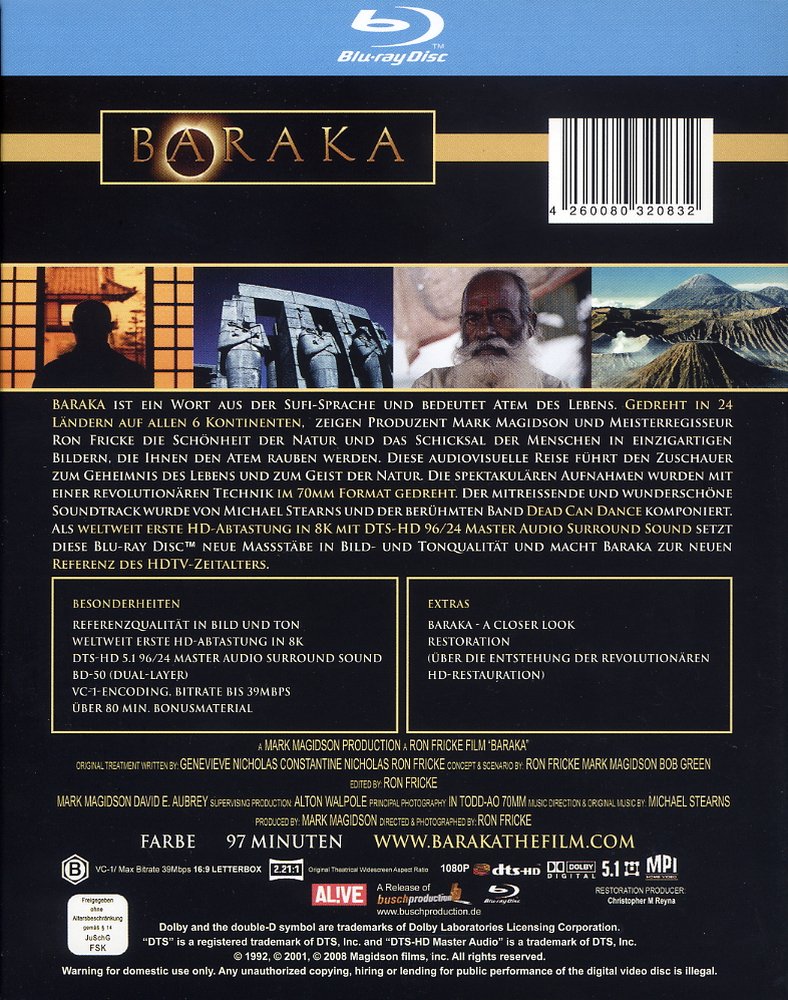'Baraka' ist ein Wort aus der Sufi-Sprache und heißt etwa 'Atem des Lebens'. Der Dokumentarfilm 'Baraka' von Ron Fricke hat keinen Plot, keinen Handlungsstrang, keinen Hauptdarsteller, weder Dialoge noch eine Erzählstimme. Dieser Film ist eine kaleidoskopartige, globale Zusammenstellung sowohl von Naturschauspielen als auch vom Schicksal, Leben und Treiben des Menschen auf seinem Heimatplaneten Erde. Er zeigt Abläufe aus Kultur und Technik, befasst sich wie Godfrey Reggios 'Koyaanisqatsi' (1982) gleichfalls mit der Darstellung von Landschaften, religiösen Stätten und Zeremonien sowie pulsierenden Städten, die im Zeitraffer aufgenommen wurden, um beispielsweise den Verlauf der alltäglichen Menschenströme sichtbar zu machen. Der Film wurde im Format 70-mm-Todd-AO in folgenden 24 Ländern gedreht: Ägypten, Argentinien, Australien, Brasilien, China, Ecuador, Frankreich, Hongkong, Indien, Indonesien, Iran, Israel, Japan, Kambodscha, Kenia, Kuwait, Nepal, Polen, Saudi-Arabien, Tansania, Thailand, Türkei, USA und Vatikanstadt. Die Filmmusik von Michael Stearns und der australischen Band 'Dead Can Dance' unterscheidet sich erkennbar von jener minimalistischen von Philip Glass in 'Koyaanisqatsi'. Ein weiterer Teil der Musik wurde durch die Rockgruppe 'Brother' beigesteuert. Darüber hinaus bereitet Ron Fricke mit 'Samsara' einen Fortsetzungsfilm zu 'Baraka' vor. 'Baraka' wurde im Jahr 2008 durch ein aufwändiges Verfahren als weltweit erste HD-Abtastung in 8K mit DTS-HD-96/24-Master-Audio-Surround-Sound vom 70-mm-Format auf Blu-ray-Disc digitalisiert und veröffentlicht.
Weiterlesen »
'Baraka' is a word from the Sufi language and means something like 'breath of life'. The documentary 'Baraka' by Ron Fricke has no plot, no storyline, no main actor, neither dialogues nor a narrative voice. This film is a kaleidoscope-like, global compilation of both natural spectacles and the fate, life and activities of humans on their home planet Earth. Like Godfrey Reggio's 'Koyaanisqatsi' (1982), he also deals with the depiction of landscapes, religious sites and ceremonies as well as pulsating cities, which were recorded in time-lapse in order to make the course of everyday flows of people visible, for example. The film was shot in 70mm Todd-AO format in the following 24 countries: Argentina, Australia, Brazil, Cambodia, China, Ecuador, France, Egypt, Hong Kong, India, Indonesia, Iran, Israel, Japan, Kenya, Kuwait, Nepal, Poland, Saudi Arabia, Tanzania, Thailand, Turkey, the United States and Vatican City. The film music by Michael Stearns and the Australian band 'Dead Can Dance' is noticeably different from that of Philip Glass in 'Koyaanisqatsi'. Another part of the music was contributed by the rock group 'Brother'. In addition, Ron Fricke is preparing a sequel to 'Baraka' with 'Samsara'. 'Baraka' was digitized and released in 2008 as the world's first HD sampling in 8K with DTS-HD-96/24 master audio surround sound from 70 mm format to Blu-ray disc through an elaborate process.
More »

